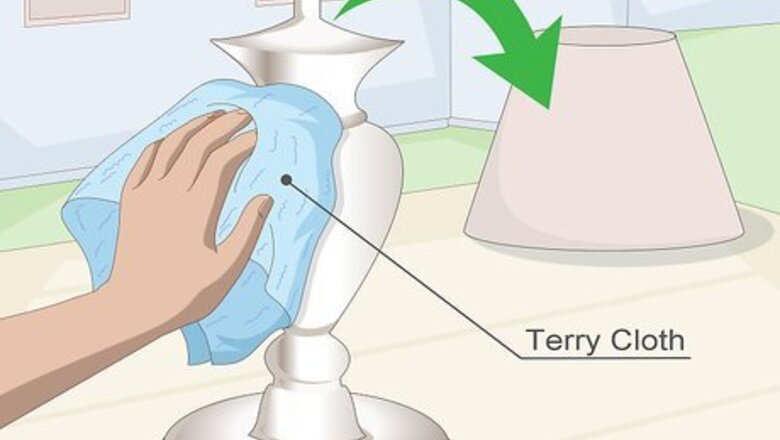
views
Using Wet and Dry Cloths
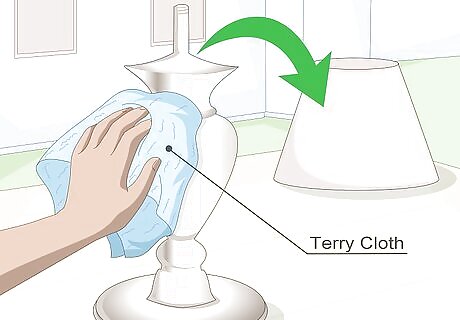
Wipe with a soft, dry cloth. Find a clean, soft, lint-free cloth. Terry cloth works well, but any soft cotton blend can prove equally useful. Remove dust, smudges, and grease. Use small, circular motions. If you’re cleaning a light shade, remove the shade before cleaning it.
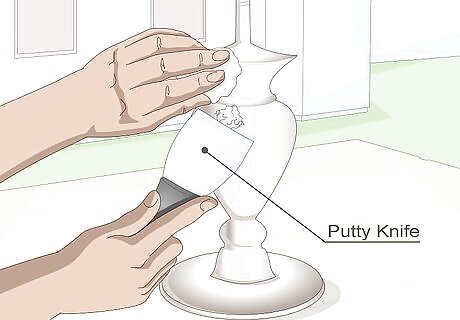
Break up grime with a damp cloth and putty knife. Wet a cloth with warm water. Press the cloth onto the area with buildup. Use a putty knife to gently and carefully scrape the gunk only (not the nickel itself). Buff the area with a soft, dry cloth.
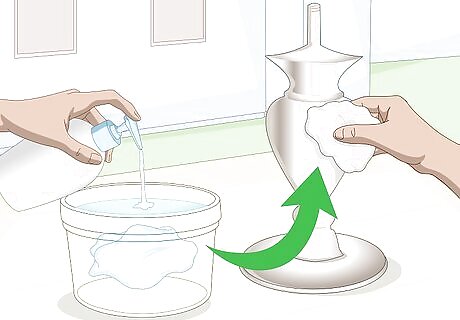
Use a mild soap solution. Soak a soft, clean cloth in warm water with a squirt of detergent. Wipe your nickel item with the wet cloth. Rinse or sponge it clean with water. Dry it thoroughly. Dishwashing soap is effective because it cuts away grease while remaining fairly gentle. The simpler the soap, the better. Scented soaps often contain additives that only create further streaking rather than removing it.
Polishing Brushed Nickel
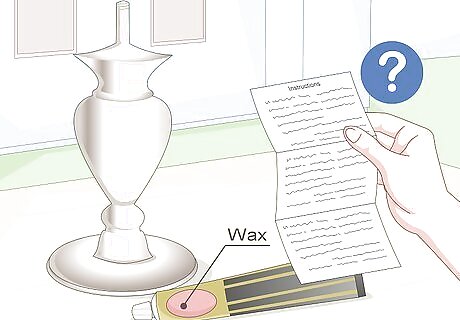
Determine whether wax is compatible with your product. Check the product’s instruction manual, if you still have it. Alternately, visit the brand’s website and look at the FAQ section or specific product manual. Try calling the company’s customer service number if you still can’t determine your product’s compatibility with wax. Some brands recommend using wax paste to polish their brushed nickel products. However, others advise against it. Polishing brushed nickel helps to restore its sheen.

Apply wax paste. Try a very light polish using Autosol. Spread a thin layer of wax over your brushed nickel item. Allow it to sit for a few minutes. You can find this type of polish at hardware or automotive stores.
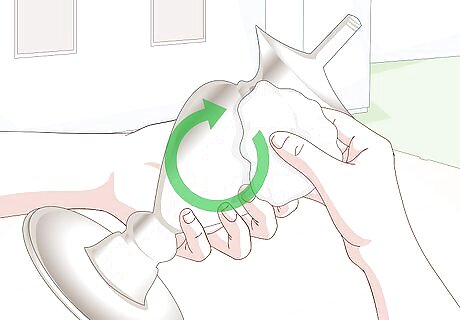
Buff the wax off. Remove the wax with a soft, clean cloth. Use circular motions to buff your product clean. Move to a new area of the cloth, as needed, so that you don’t leave wax residue on the nickel.
Using Diluted Vinegar
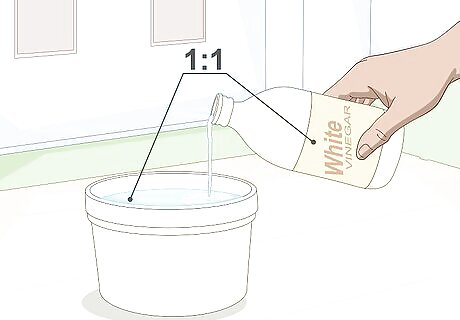
Dilute white vinegar with water. Create a solution made with half water, half white vinegar. If your item is detachable, such as a shower head, make enough solution to completely soak the item. Use a container that will fit in the microwave to save time.
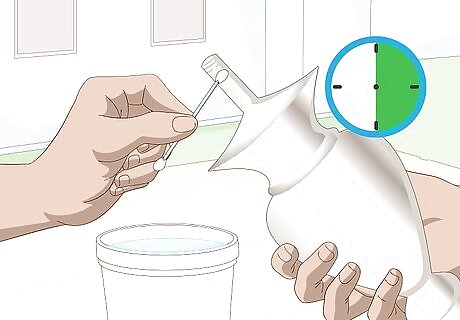
Test a concealed area. Stir the solution well. Dip a cotton swab into the solution. Apply the cotton swab to a hard-to-see area of your nickel product. Let it sit for 30 minutes. If no visible damage occurred to your brushed nickel finish, you can proceed to cleaning the entire item with the vinegar solution.
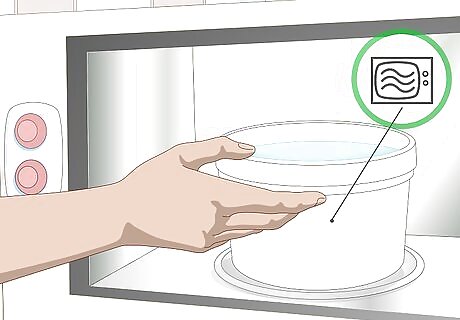
Warm up the vinegar solution. Heat the solution in a microwave, using a microwave-safe container. Alternately, you can heat the solution in a large saucepan on the stovetop. Heat the solution only until it’s warm, not hot or boiling.
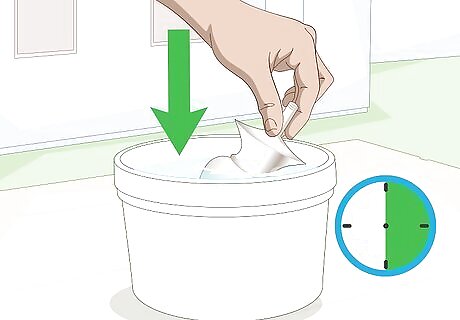
Spray or soak your item. If the nickel piece is small enough, dunk it directly into the solution and allow it to sit for 30 minutes. If the nickel piece cannot be removed or is too large, pour the solution into a spray bottle and douse the brushed nickel with it. Allow the solution to sit on the surface of the metal for 30 minutes.
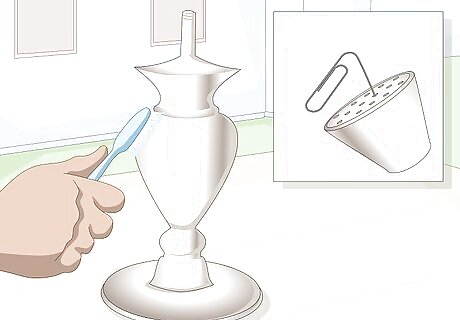
Wipe away the mineral deposits. Remove the item from the solution, if applicable. Try wiping the mineral deposits off with a rag. If that doesn’t work, use soaked cotton wool or a toothbrush to clean the deposits. If your item is a shower nozzle, use a paperclip to unclog the jet holes. If there are still mineral deposits remaining, repeat the diluted vinegar application once more.
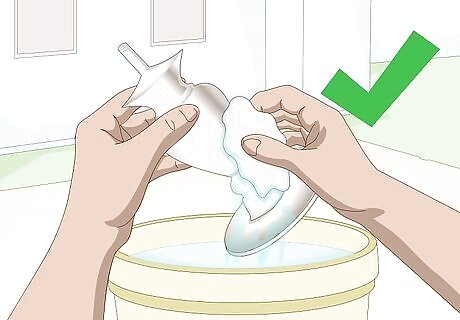
Rinse your item clean. Don’t leave vinegar sitting on the product’s surface. Use a bucket of water or a rag wet with water to thoroughly rinse the brushed nickel. Buff dry with a soft cloth to avoid water stains.


















Comments
0 comment